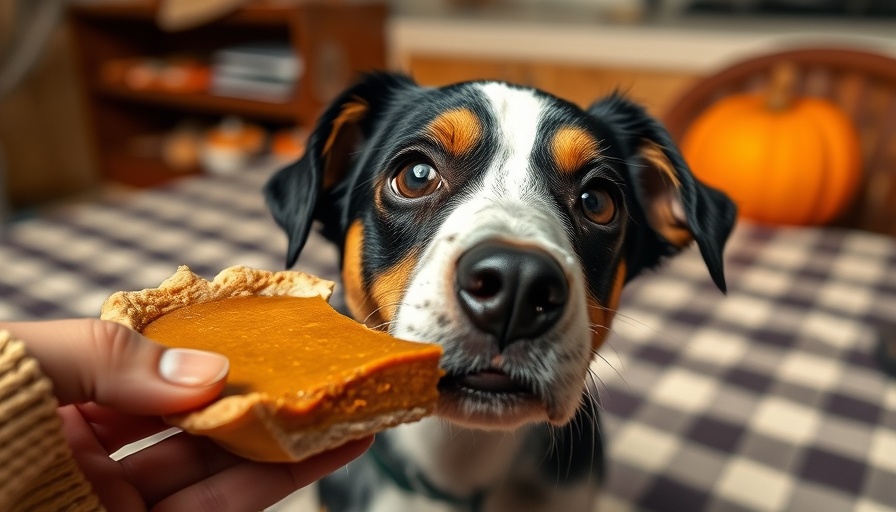
Can Dogs Safely Enjoy Pumpkin? Here’s What You Should Know
Every fall season, pumpkins become a staple in our diets—in pies, lattes, and even soups. But have you ever wondered if your beloved furry friend can enjoy pumpkin too? Spoiler alert: they can! When prepared correctly, pumpkin can be a tasty and healthy treat for dogs. Let's explore why pumpkin is beneficial, how to serve it, and what precautions to take when sharing this popular ingredient with your pet.
Nutritional Benefits of Pumpkin for Dogs
Pumpkin is packed with beneficial nutrients for your dog. This vibrant orange vegetable is high in dietary fiber, which helps regulate digestion. This means that for pups experiencing mild constipation or diarrhea, adding a spoonful of pureed pumpkin to their meals can provide relief.
In addition to fiber, pumpkin is also rich in vitamins such as A, C, and E—along with minerals like potassium and iron. These nutrients support overall health, from immune function to skin and coat health. For your dog, this translates to a happier tummy and a shinier coat.
How to Feed Pumpkin to Your Dog
When it comes to feeding your furry friend pumpkin, preparation is everything. The safest options include plain, cooked pumpkin or 100% canned pumpkin without any added sugars or spices. Both these options can be tasty additions added to their routine meals. If you decide to make it at home, opt for sugar pumpkins rather than the larger carving types, as they have a smoother texture that’s easier for dogs to digest.
However, always avoid feeding your dog raw pumpkin, as it can be tough on their digestive system. Also, steer clear of pumpkin pie filling—you wouldn't want to introduce hazardous ingredients like xylitol or nutmeg to your pup's diet, as they can be toxic to dogs.
Are Pumpkin Seeds Safe for Dogs?
Believe it or not, pumpkin seeds are also safe for your pup! These seeds are not just tasty; they’re nutritious too. They’re known to contain zinc, magnesium, and copper, which offer benefits to a dog's health, although they should be served in moderation. You can feed them the seeds either shelled or unshelled, but make sure to introduce them slowly into their diet to see how they react.
When to Consult Your Veterinarian
Every dog is unique, with different health needs and dietary restrictions. Always check with your veterinarian before introducing any new foods, including pumpkin. For instance, dogs with certain health conditions or those on specialized diets may not be suitable candidates for pumpkin treats. A quick conversation with your vet can ensure making the best choices for your furry family member.
Crafting Homemade Pumpkin Treats
If you’re feeling adventurous, why not try making some homemade pumpkin treats for your dog? Using pureed pumpkin, you can whip up muffins or biscuits that are both nutritious and delicious! Just remember to incorporate dog-safe ingredients—no sugar or chocolate, please!—and your dog will be tail-wagging happy when they see what you’ve prepared just for them.
Conclusion
In summary, pumpkin can be a wholesome treat for dogs when it's prepared and served correctly. From promoting digestive health to being a nutritious topper for meals, incorporating pumpkin into your dog’s diet can benefit many aspects of their health. Always remember to start slow and consult your veterinarian for advice tailored to your pup's health needs.
So, as the seasons change and pumpkins abound, don't forget that your furry companion can join in on the fun too! Why not venture into making your own pumpkin treats or adding a bit of pumpkin to their food? Your dog deserves the best, and keeping their diet varied and exciting can enhance their overall well-being.
 Add Row
Add Row  Add
Add 


Write A Comment